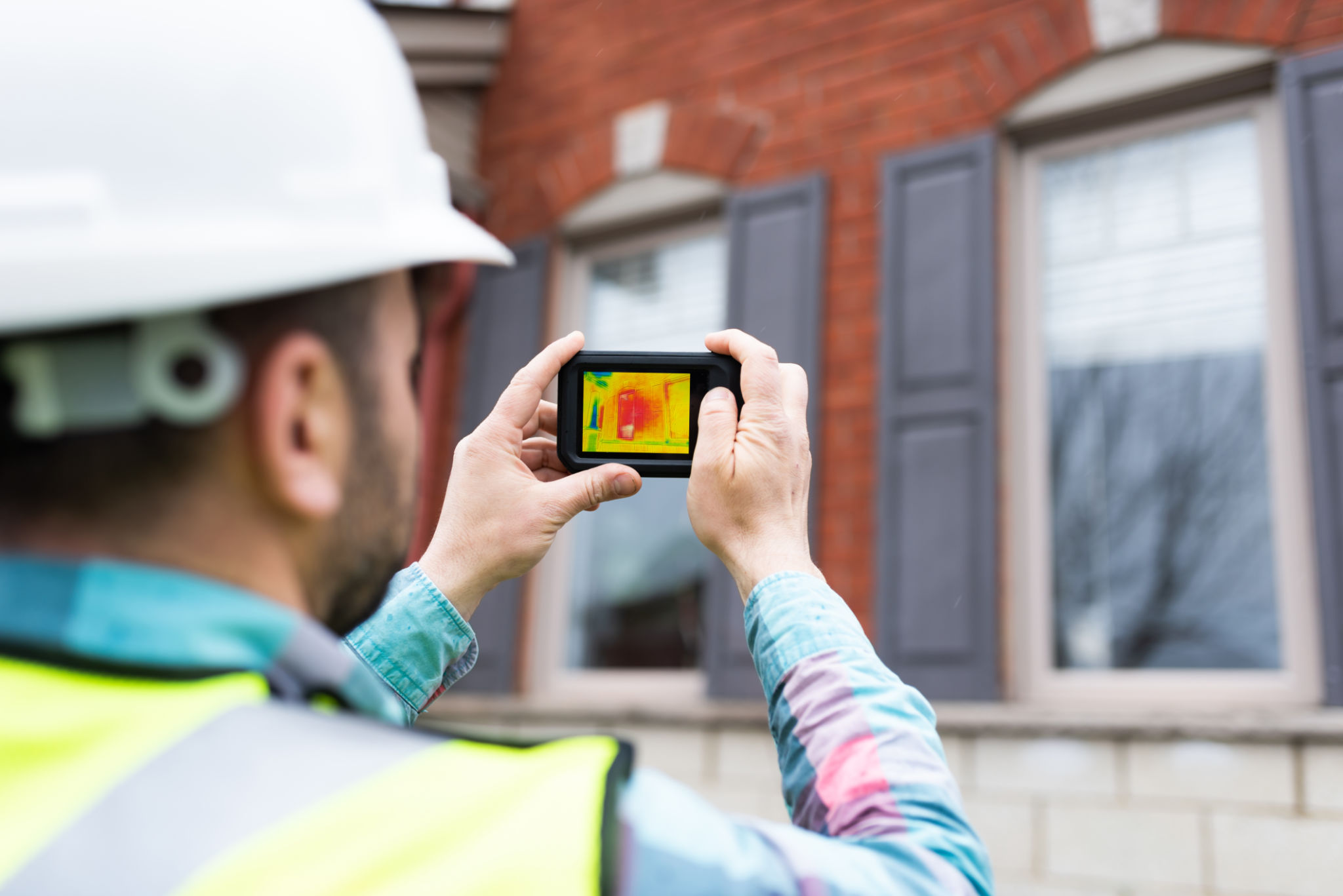Case Study: Successful Integration of Network Solutions in a Delft Smart Building
Td
Overview of the Integration Project
The integration of advanced network solutions in a smart building located in Delft serves as an exemplary model of how technology can enhance modern infrastructure. This project aimed to create a seamless communication system that would improve operational efficiency and provide a better experience for the building's occupants. Through strategic planning and execution, the implementation was completed successfully, bringing numerous benefits to the building’s management and users.
Smart buildings are becoming increasingly popular as they offer enhanced security, energy efficiency, and user convenience. The Delft smart building project was initiated with these goals in mind, focusing on integrating cutting-edge network solutions that align with the latest technological trends.

Challenges Faced During the Integration
Like any significant technological upgrade, integrating network solutions in the Delft smart building came with its set of challenges. One of the primary hurdles was ensuring compatibility between the existing infrastructure and the new systems. The team had to meticulously plan to avoid disruptions and ensure a seamless transition.
Another challenge was data security. With an increase in connected devices, protecting sensitive information became a top priority. Advanced encryption methods were employed to safeguard data, ensuring that the building’s network remained secure from potential threats.
Ensuring Compatibility
The integration process required a detailed analysis of the current systems to ensure they could support the new technology. The team conducted extensive testing and simulations to identify potential issues and address them proactively. This approach minimized downtime and ensured a smooth rollout.

Implementation Process
The implementation of network solutions in the Delft smart building followed a structured approach. The process began with a comprehensive assessment of the building’s current capabilities and requirements. This assessment helped in formulating a tailored strategy that addressed specific needs.
The next step involved installing state-of-the-art hardware and software components. These components were carefully selected to offer maximum efficiency and scalability. The implementation team worked closely with various stakeholders to ensure that all aspects of the project aligned with the overarching goals.
Key Implementation Steps
- Assessment: Understanding existing infrastructure and requirements.
- Planning: Developing a detailed strategy for integration.
- Installation: Implementing hardware and software solutions.
- Testing: Conducting thorough tests to ensure functionality.
- Monitoring: Continuous monitoring and optimization post-launch.

Benefits Realized Post-Integration
The successful integration of network solutions brought about several notable benefits for the Delft smart building. One of the most significant advantages was improved energy efficiency, achieved through intelligent systems that optimize resource use based on real-time data.
The enhanced network also facilitated better communication among building systems, resulting in more efficient operations and maintenance. Additionally, occupants experienced improved connectivity, leading to increased satisfaction and productivity.
Key Benefits
- Energy Efficiency: Reduced energy consumption through smart management.
- Enhanced Security: Improved surveillance and data protection measures.
- User Experience: Increased occupant satisfaction due to better connectivity.

Conclusion
The successful integration of network solutions in a smart building is a testament to how technology can transform traditional infrastructure into efficient, user-friendly environments. The Delft project highlights the importance of strategic planning, innovative solutions, and stakeholder collaboration in achieving such advancements.
As more buildings adopt smart technologies, lessons from this case study can guide future projects in overcoming challenges and harnessing the full potential of advanced network solutions. The future of smart buildings looks promising, with continuous innovations paving the way for more sustainable and efficient urban spaces.
